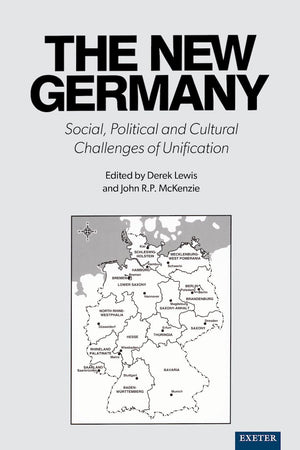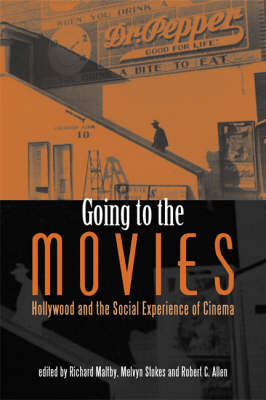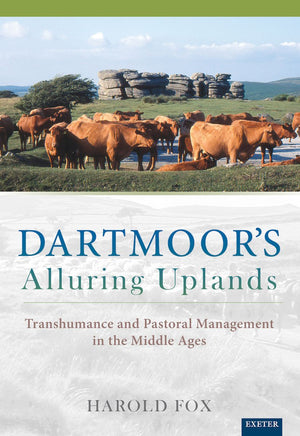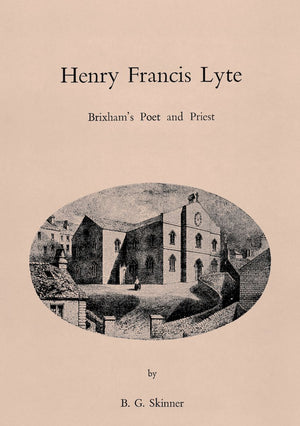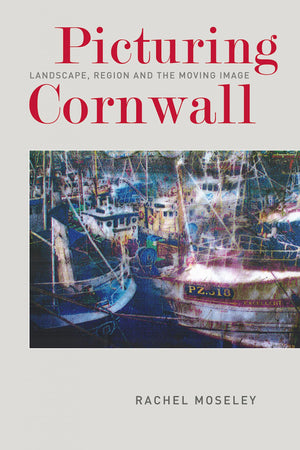University of Exeter Press
Italian Cityscapes
Culture and Urban Change in Italy from the 1950s to the Present
Couldn't load pickup availability

- 288 Pages
This book examines the transformation of the Italian city from the 1950s to the present with particular attention to questions of identity, migration and changes in urban culture. It focuses on two phases of that transformation: the years of accelerated industrialisation in the late 1950s and early 1960s, and the period of de-industrialisation and postmodernity beginning in the 1980s.
It shows how major demographic movements and cultural shifts threw into relief new conceptions of the city in which old boundaries had become problematic. Design, fine art, literature, youth culture, film and social history all provide focal points. The contributions bring specialist expertise to each area while the extensive illustrations give a vivid picture of the contemporary visual culture for which Italian cities are famed.
This is a genuinely interdisciplinary approach by Italian and English-speaking historians and scholars of urban studies, literature, architecture and design which introduces new debates and research to an English-speaking audience for the first time. Extensive illustrations provide a vivid picture of contemporary Italian visual culture.
This book examines the transformation of the Italian city from the 1950s to the present with particular attention to questions of identity, migration and changes in urban culture. It shows how major demographic movements and cultural shifts threw into relief new conceptions of the city in which old boundaries had become problematic.
'An innovative collection of essays by an impressive range of contributors. There is a need for this book. It will have several audiences and a wide 'cross-over' appeal.' (Martin Brown, Senior Lecturer in History, Staffordshire University)
‘This is an excellent collection of essays tracing the massive changes of the contemporary Italian city, which shows how a multidisciplinary approach is not only desired, but required for understanding these changes. It provides an ideal entry point into new ways of looking at the city.’ (Italian Cityscapes: Culture and Urban Change in Contemporary Italy, European History Quarterly, Vol. 40.1, January 2010)
List of Illustrations, vii; List of Maps, viii; Illustration Acknowledgements, viii; Notes on Contributors, ix; Acknowledgements, xii; Signposts: An Introduction ROBERT LUMLEY AND JOHN FOOT, 1; PART I OVERVIEW, 13; 1 Through the Looking-Glass: Research on the Italian City in Historical Perspective SERGIO PACE, 15; PART II MIGRATION: OLD CITIES, NEW IDENTITIES, 29; 2 The Two Waves: Milan as a City of Immigration, 1955-1995 GIANFRANCO PETRILLO, 31; 3 Revisiting the Coree. Self-construction, Memory and Immigration on the Milanese Periphery, 1950-2000 JOHN FOOT, 46; 4 Immigration, Nationalism and Exclusionary Understandings of Place in Turin LAURA MARITANO, 61; PART III URBAN RENEWAL AND TROUBLED MODERNITY, 75; 5 Architectural Utopias and La Nuova Dimensione: Turin in the 1960s MARY LOUISE LOBSINGER, 77. 6 Architecture and Modernity in Post-war Milan HALLDORA ARNARDOTTIR, 90; 7 Turin after Arte Povera: A New City of Art? ROBERT LUMLEY, 100; 8 Contested Claims to Public Space: The Re-imaging of Naples and the Case of Piazza Plebiscito NICHOLAS DINES, 114; PART IV URBAN FICTIONS: 'HIGH' AND 'LOW', 127; 9 Calvino in Turin: Writer and Editor CLAUDIA NOCENTINI, 129; 10 Crime and the City in the Detective Fiction of Giorgio Scerbanenco GIULIANA PIERI, 144; 11 Imaginary Cities: Space and Identity in Italian Literature of Immigration SANDRA PONZANESI, 156; PART V GREY ZONES: CINEMA AND THE CITY, 167; 12 Scenarios of Modernity: Youth Culture in 1950s Milan ENRICA CAPUSSOTTI, 169; 13 Palermo in the Films of Cipri and Maresco ABELE LONGO, 185; ENDPIECE, 197; 14 Adriati-citta: Notes on a Post-industrial Landscape PIPPO CIORRA, 199; Notes, 204; Index, 237.
- 288 Pages










